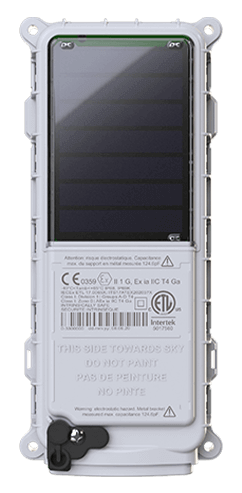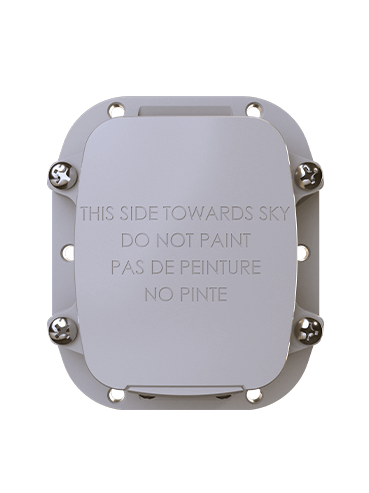Top 3 Challenges in Industrial Automation
Industrial automation is evolving rapidly, transforming how we manufacture goods, manage logistics, and operate complex systems. From robotics and sensors to real-time analytics and AI-driven decision-making, automation is unlocking new levels of efficiency and precision across industries. However, while the benefits are clear, implementing automation at scale is far from simple. Enterprises face several recurring obstacles that can slow – or even derail – digital transformation efforts.
Many hurdles occur when implementing automation, but three stand out as necessary to overcome to achieve truly resilient, high-performance automation.
1. Integration Across Legacy Systems
Many facilities, especially in manufacturing, logistics, and utilities, have operated for decades using a mix of legacy hardware, proprietary software, and siloed control systems. Bringing automation into these environments means navigating an often-messy blend of technologies, some of which were never designed to interoperate.Integrating new automation tools with these existing systems can be time-consuming and complex. Just to create a baseline of interoperability, it often requires custom middleware, edge computing infrastructure, or upgrades to programmable logic controllers (PLCs). Without careful planning, this challenge can result in fragmented visibility and limited scalability.
2. Workforce Readiness and Change Management
The shift toward automated systems impacts machines and requires people to work differently. Skilled labor shortages in engineering, robotics, and data science can leave automation projects under-resourced. Meanwhile, frontline workers and operations teams may be wary of new technologies that feel like a threat to job security.Successful automation initiatives depend on technology investment and change management strategies that include upskilling, cross-functional collaboration, and clear communication of long-term value. Without internal buy-in, automation often stalls before it reaches its full potential.
3. Connectivity and Industrial Noise
The third major challenge is frequently underestimated: reliable wireless connectivity in the harsh, noisy environments where automation lives.Industrial settings like factories, warehouses, ports, and energy facilities are saturated with competing RF signals from barcode scanners, IoT sensors, forklifts, and legacy wireless systems. This creates what’s known as industrial RF noise – a dense, unpredictable environment where traditional wireless signals can be easily blocked, distorted, or dropped.
Wi-Fi, for example, wasn’t designed to handle high-mobility, latency-sensitive automation tasks. It performs inconsistently in large metal-framed spaces and struggles with signal handoffs across zones. Public cellular networks offer more resilience, but because they are shared and externally managed, they don’t prioritize traffic or provide that level of control required for critical industrial operations.
This lack of reliable connectivity limits automation’s effectiveness, particularly for time-sensitive tasks like robotics coordination, remote equipment control, and real-time analytics at the edge. If machines can’t communicate quickly and clearly, downtime, inefficiency, and safety risk follow.
How XCOM RAN Solves Industrial Connectivity Challenges
To address these pain points, Globalstar developed XCOM RAN, a private wireless solution that is purpose-built for demanding industrial environments. Unlike public networks or unlicensed Wi-Fi, XCOM RAN gives enterprises complete control over their wireless infrastructure, delivering low-latency, high-throughput and reliable performance required for automation.When paired with licensed Band n53 spectrum, XCOM RAN creates a dedicated private wireless environment for mission critical applications allowing seamless handoffs between access points, crucial for moving assets like autonomous vehicles, drones, or mobile robots.
Its software-defined architecture ensures coverage can be customized to meet the unique RF characteristics of any industrial space, eliminating blind spots and boosting signal resilience even in the noisiest conditions.
XCOM RAN enables automation to scale confidently, supporting real-time operations, reducing signal failures, and future-proofing the wireless foundation for next-generation industrial systems.
Want greater insights into how XCOM RAN works? Check out this eBook, “The Ultimate Guide to Private 5G Networking.”
 SmartOne Solar
SmartOne Solar SmartOne C
SmartOne C STX3
STX3 SPOT X
SPOT X SPOT Gen4
SPOT Gen4 SPOT Trace
SPOT Trace